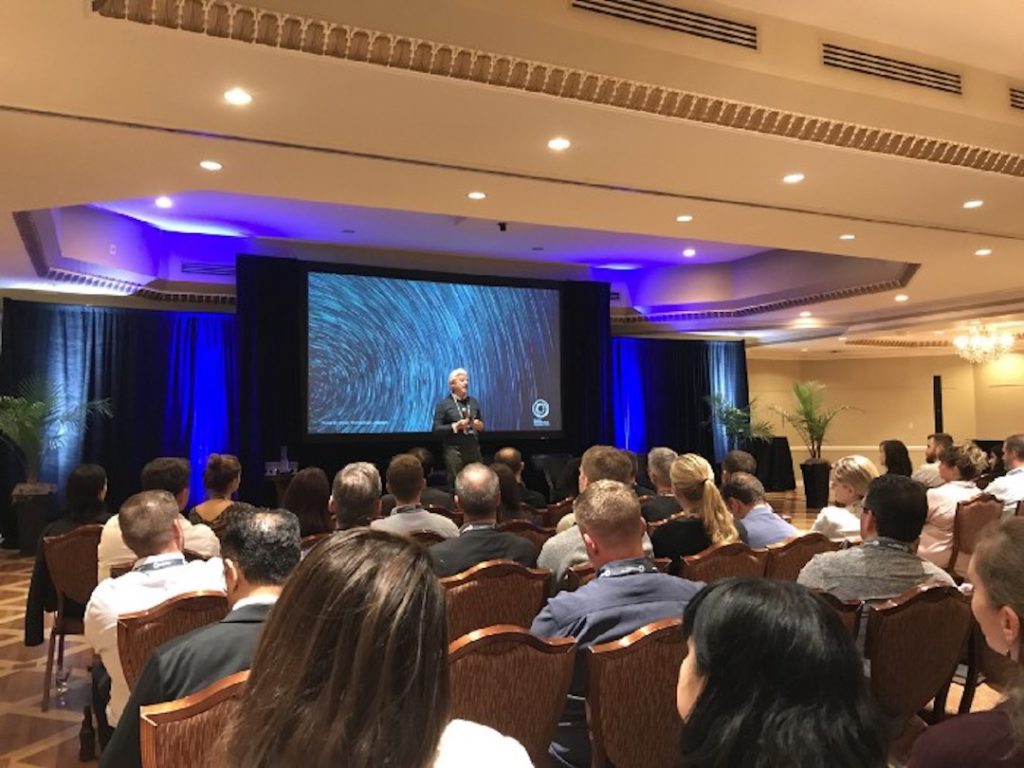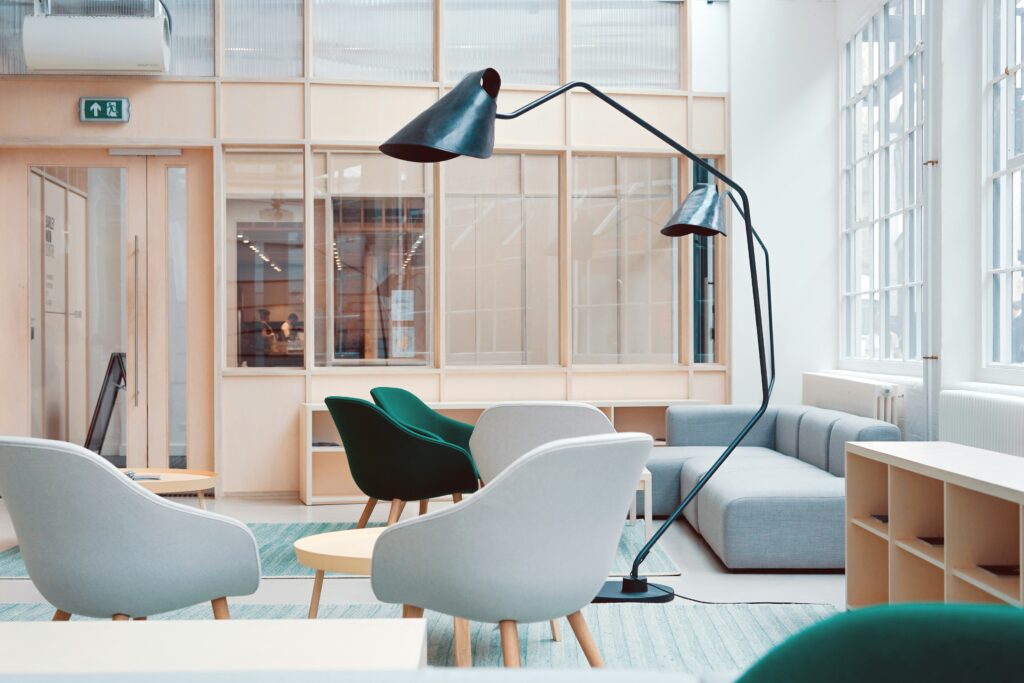Good news everyone! The Rheaply team just participated in an Ellen MacArthur Foundation (EMF) CE100 workshop near Niagara, Ontario. By gathering like-minded, circular thinkers, EMF provided a space for productive conversations with leaders and innovators working toward our circular economic future. This is our CE100 recap.

CE100 Recap
When it comes to establishing a sustainable future, typically much of the attention and conversations gravitate toward reducing fossil fuel emissions. However, according to a recent paper from the Ellen MacArthur Foundation, simply switching from fossil fuels to renewable energy would only account for 55% of our current economy emissions. By rethinking how the production of food, clothing, cars, and buildings can be designed for circularity, we have the potential to address the other 45% of emissions damaging ecosystems and communities.
“We’ve been focused almost exclusively on renewable energy and efficiency, which are obviously essential, but it’s clear that we can’t meet the objectives unless we actually tackle production and consumption as part of the equation,” says Andrew Morlet, chief executive of the Ellen MacArthur Foundation.
As listed in a recent Fast Company article, we love the 3 specific ways that companies and consumers can work together to support the circular economy.
First, companies need to design out waste and pollution in the production process. Most consumer products are made to be used and discarded in a short timespan. In order for the circular economy to operate efficiently, says Morlet, “Products need to be designed differently so that they can be used longer, resold, repaired, upgraded, and upcycled into new products.” This involves selecting materials that can be easily recycled into new products after use.
Second, companies need to redesign their products and materials so that they can be kept in use, instead of having to be discarded after use. An example of this redesign thinking is Loop, a global circular shopping platform designed to eliminate waste by redesigning the current “Take-Make-Waste” consumption model that business structures have been built on for decades.
Lastly, companies need to take a systems thinking approach in an effort to regenerate rather than deplete natural resources. “Essentially, the circular economy of food starts to reconnect the flow of nutrients to make much better use of food as it actually moves through the system,” Morlet says.
As a solution to the wastefulness of the linear economy, Rheaply’s digital asset management system contributes to the circular economy by facilitating wide-scale asset reuse. By connecting individuals and institutions who are looking to exchange valuable equipment, we have prevented millions of dollars worth of assets from going to waste, thereby increasing their net worth and promoting reuse. Organizations on Rheaply are seeing tremendous value in designing a platform for resource exchange, with the goal of making a societal switch from a linear to a circular economy.
This week saw the opening of the UN Climate Action Summit 2019, where leaders and youth activists from around the world are gathering in New York with the goal of reaching concrete plans to enhance their nationally determined contributions by 2020, in order to reduce emissions by 45% over the next decade, and eventually to net zero emissions by 2050. The spotlight is on Greta Thunberg, the 16-year-old climate activist who sailed from Sweden to New York to address Congress and to deliver a passionate speech on Opening Day of the UN Climate Action Summit. “Listen to the scientists,” Greta says to Congress on Wednesday, September 18th. She has also inspired hundreds of thousands of students around the world to march on the streets on Friday, September 20th, to protest governments’ inaction on the climate crisis.
Next month, Rheaply is very excited to be participating in the VERGE 19 Conference in Oakland, California and to connect with leaders and innovators who are creating solutions towards a sustainable and circular future.


